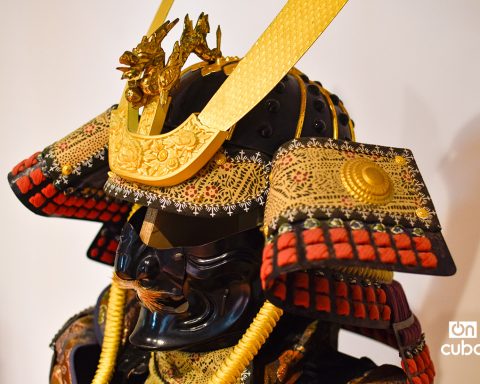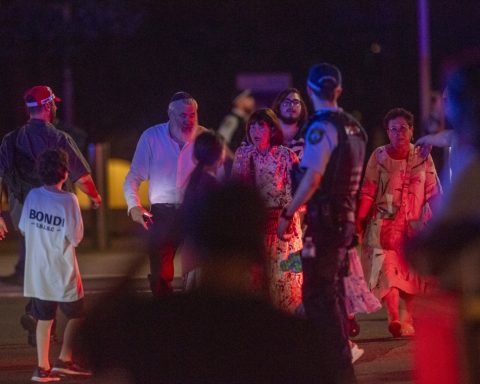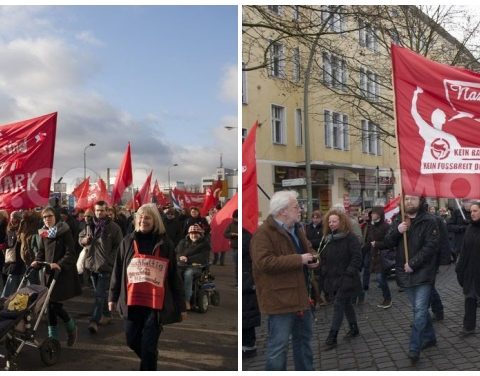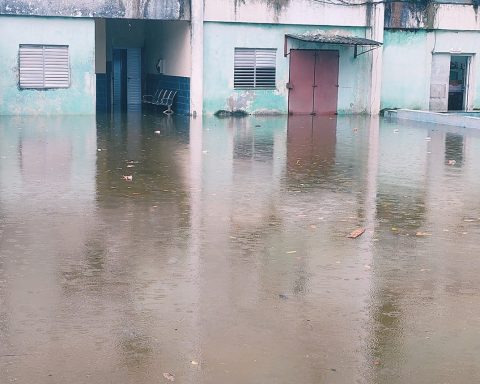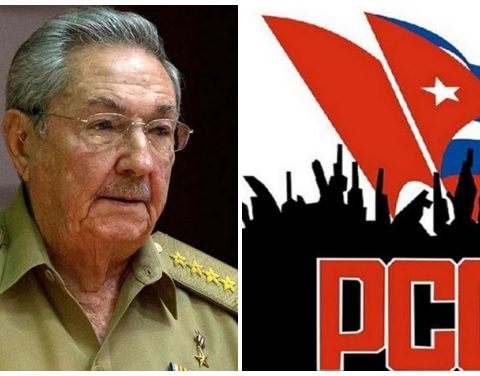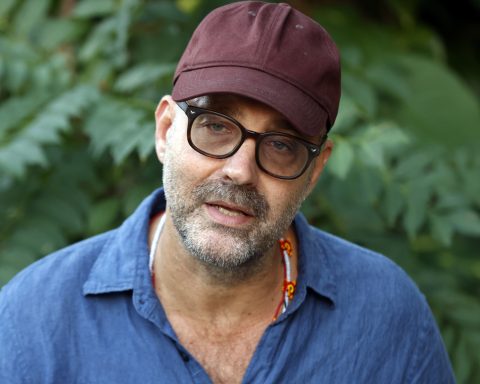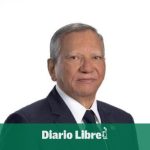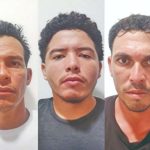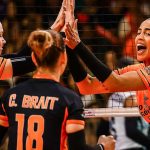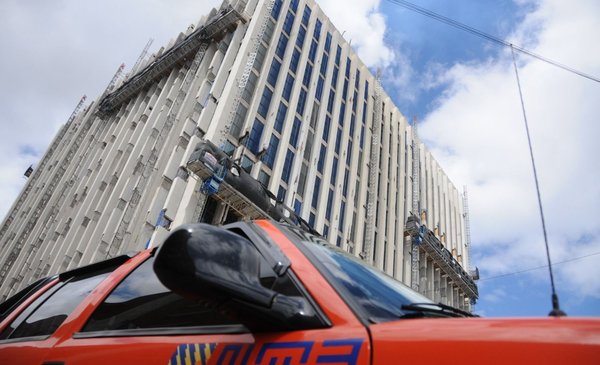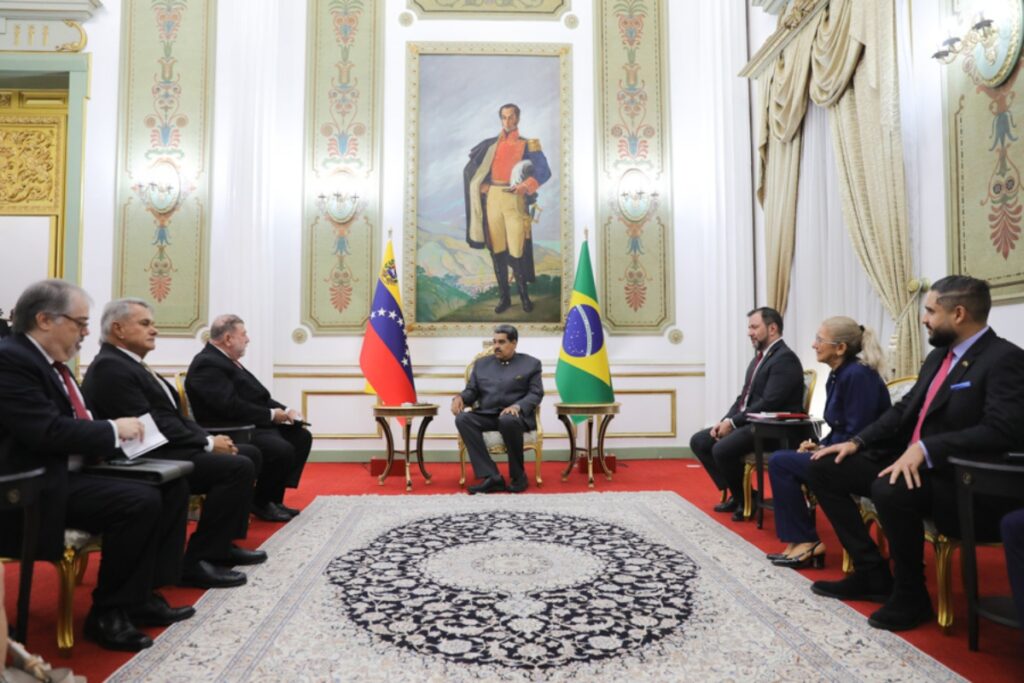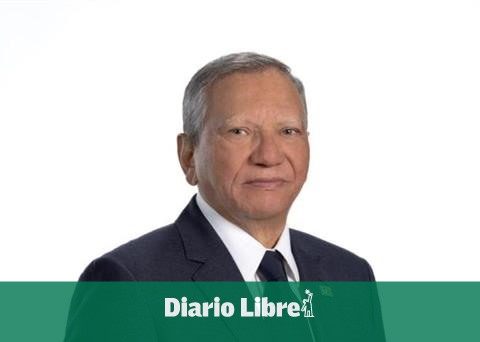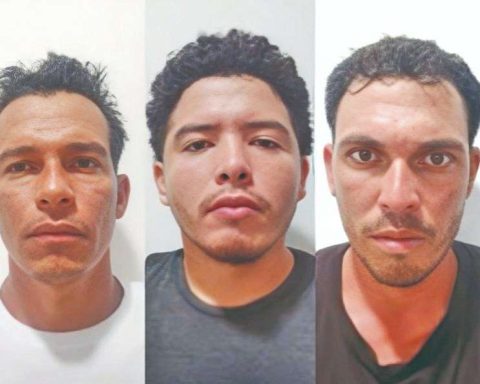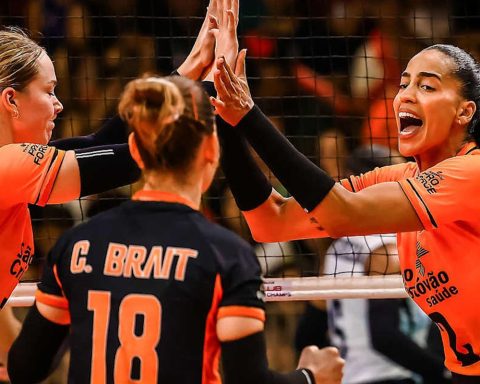I stumbled upon Didier’s photos, by chance, on social media. His images went beyond the biographical framework to become true works of art. There is in his look, compassionate, always empathetic, that I don’t know what distinguishes a lucky capture from a piece of art.
His original way of observing the environment is, at the same time, unprecedented and heir to a long tradition within Cuban photographers. Didier found himself discovering his peers. In that sense, his valuable work is a selfies endless. That’s why he doesn’t consider it a tribute: it would be pretentious, excuse Whitman, to celebrate, to sing to himself.
On that occasion, put the reader three years ago, I invited him to these pages. He kindly declined. He didn’t think he had anything important to show. The photos of him were the way he found to situate himself in the world, and, he thought, it’s not right to show off the natural.
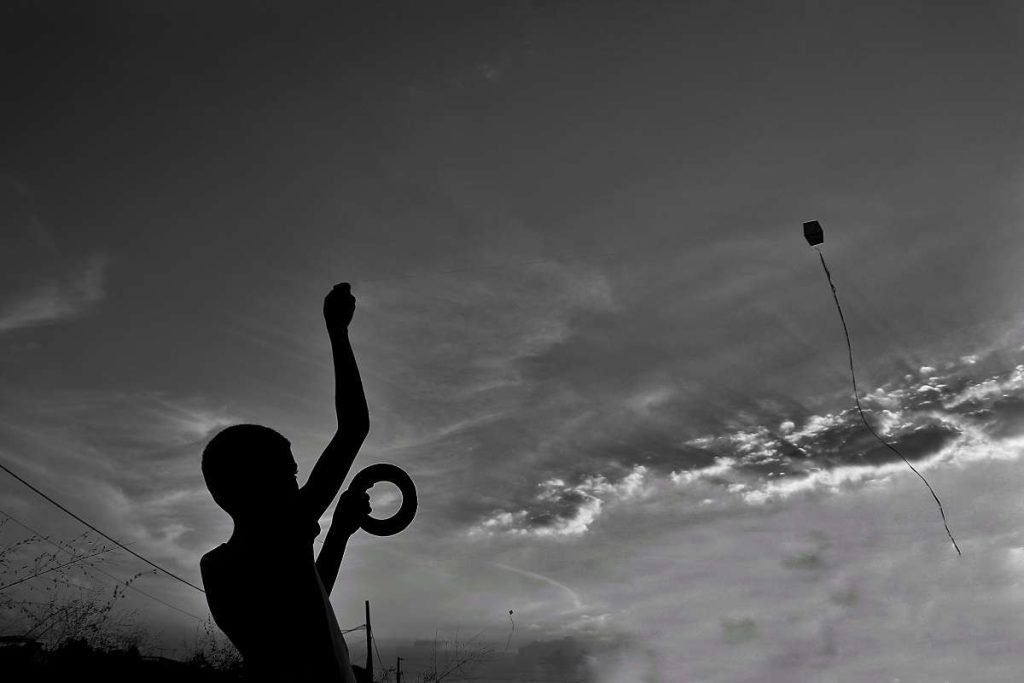
Now Didier walks around Houston, where he has gone to find his cameras, in what may be the beginning of a new phase of life. I have insisted again, and the answer on this occasion has been affirmative. Perhaps he is feeling nostalgic for his peasants and his children, and would like to see them “published.” I didn’t ask him; You don’t have to know everything either.
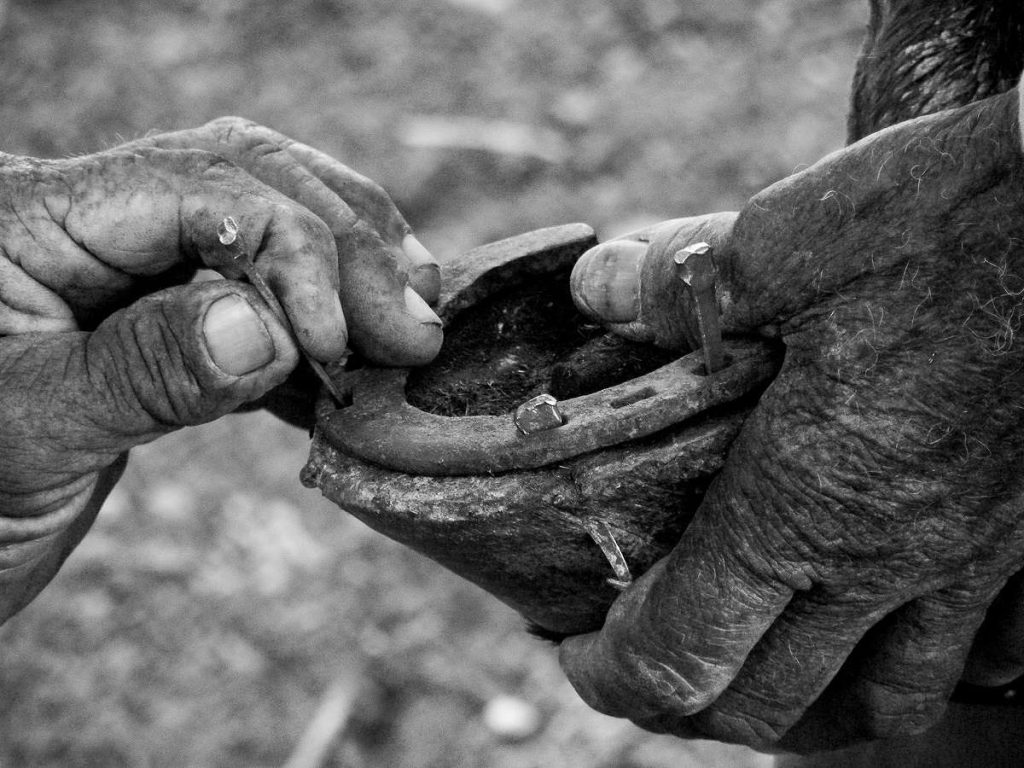
Can you introduce yourself to our readers?
I’m Didier Cruz Fernandez. I was born on July 9, 1986 in the Castaño farmhouse, Ranchuelo municipality, Villa Clara province.
My interest in photography awoke when I went to a school in the countryside in Escambray and saw those wonderful landscapes and those forms of mountain life. I felt that I had to save those images, which was impossible for me then.
In 2017 I passed a general photography course at the Association of Social Communicators of Villa Clara, with the renowned photographer Carolina Vilches Monzón. But my true training in this art is self-taught. I started watching and studying the work of the photographers I consider my references.
I did not study any career. In fact, I only have 9th grade.
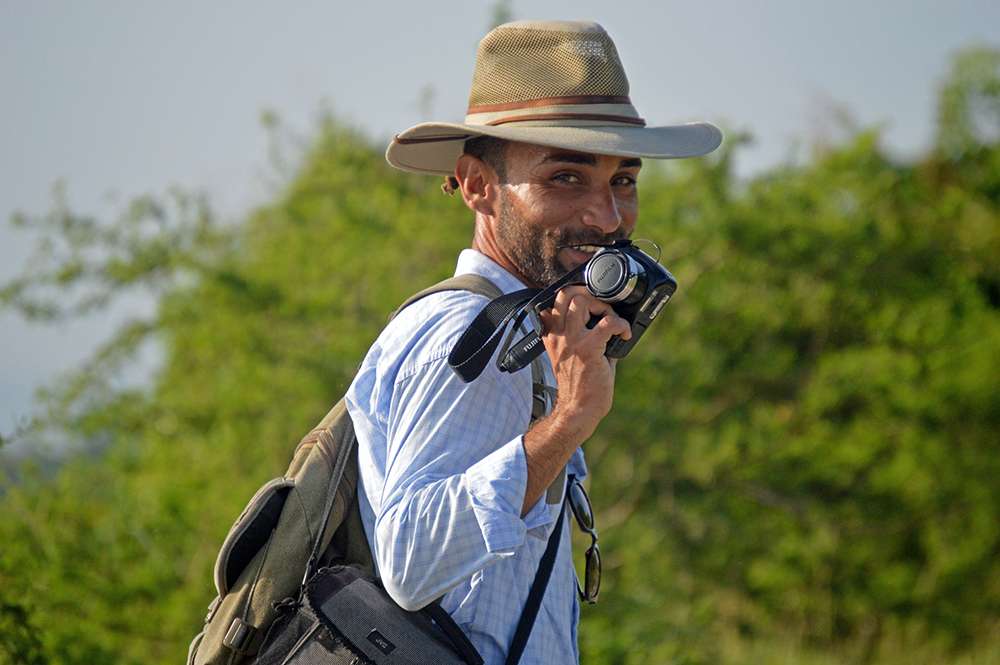
In 2020, through a photographer friend, I send my works to the Argentine publishing house Bex Fotografía Latinoamericana, where they make me a digital edition of rural lives. The same year, some of my images were part of the yearbook of that institution. In 2021, they published a digital book with the series Unless they are like children, and again they took me into account in the yearbook.
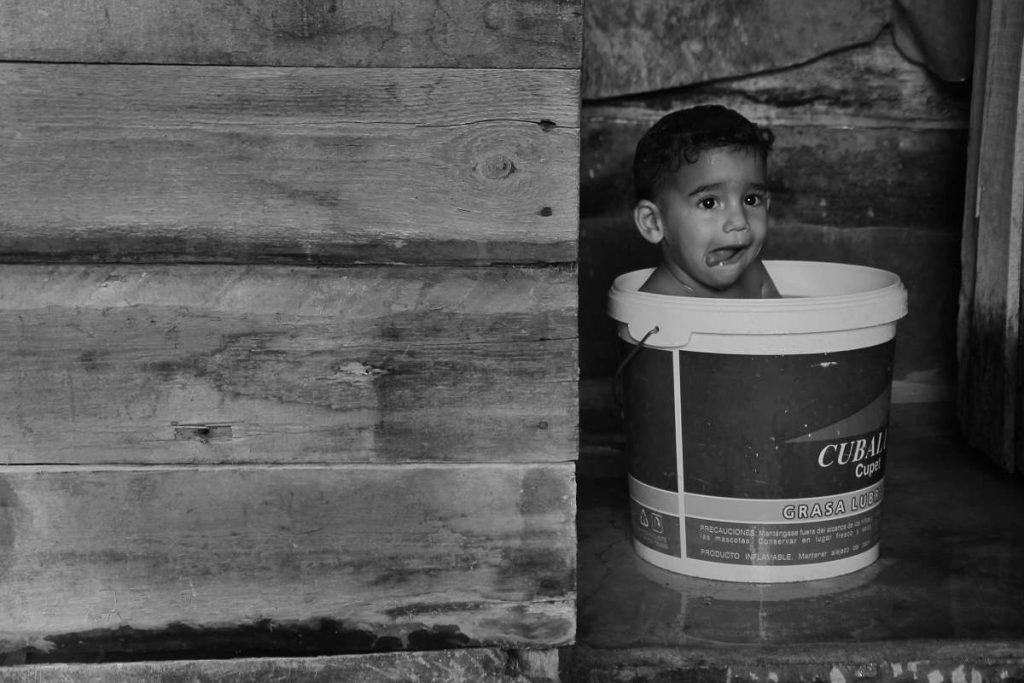
Since then I have been part of Lente Artístico, a group of photographers guided by the Heritage Center of Havana, under the tutelage of the excellent friend Gerardo de La Yera. With his help I was able to expose rural lives at Cine Yara, as my first personal exhibition, which meant a lot to me.
I have collaborated with publications such as the literary magazine The Black Cat, OnCuba, among other.
In 2022 I was invited to participate in the Fotonoviembre event, organized by the Provincial Council of Visual Arts of Matanzas, where thirty lens artists, including nationals and foreigners, exhibited.

Tell us about the genesis of these two series of which today we show some captures.
I was born in a hut like the one that appears in one of the photos. I feel a special attraction for rurality, for the lifestyle linked to that context. With the series that I share here I try to rescue and preserve as much as possible a world that is in danger of extinction. The land will always have to be worked; but customs, ways of life will change inexorably with development.
Most of the people who appear are friends, acquaintances of many years or a lifetime, so it was easy for me to access them to get more intimate photos, without fear or suspicion on their part.
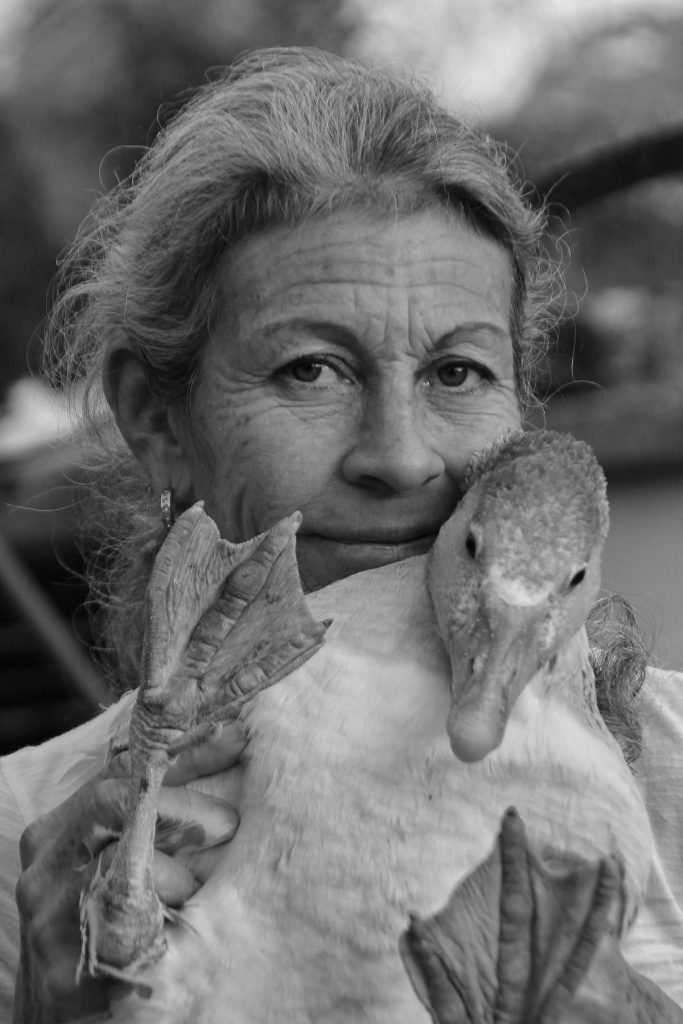
The captures were made in the town of La Esperanza, one part; and another, in the Castaño hamlet, located between Ranchuelo and La Esperanza, where I was born and spent part of my life. My home fluctuates between La Esperanza and Castaño. There is my circle of friends, the memories, the experiences of so many years.
The Serie rural lives it began eight years ago, and it is not a tribute, because I would be exalting myself. I started taking those photos instinctively, without the slightest knowledge of photography; nor did it have an “artistic” purpose. I took photos and saved. That’s all.
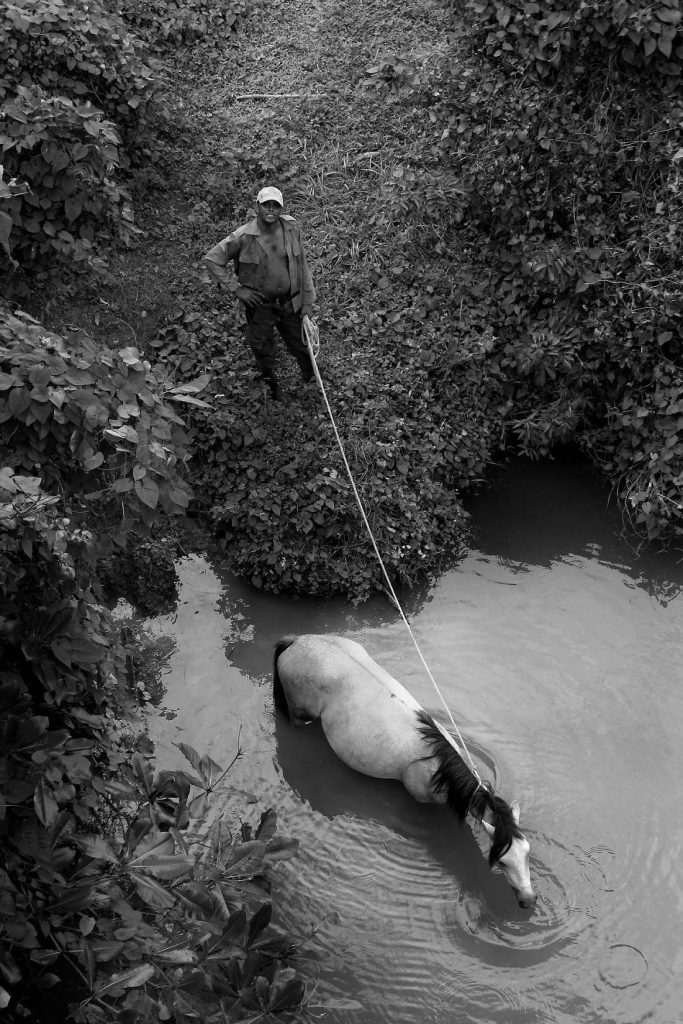
Over time I realized that I could do something deeper about the peasants, and the series took shape. Many months walking through the fields, here and there, without an express purpose, for the mere pleasure of photographing. I hope that pleasure never disappears.
Making a rigorous selection, I think that Lives… about twenty publishable photographs can be pointed out.
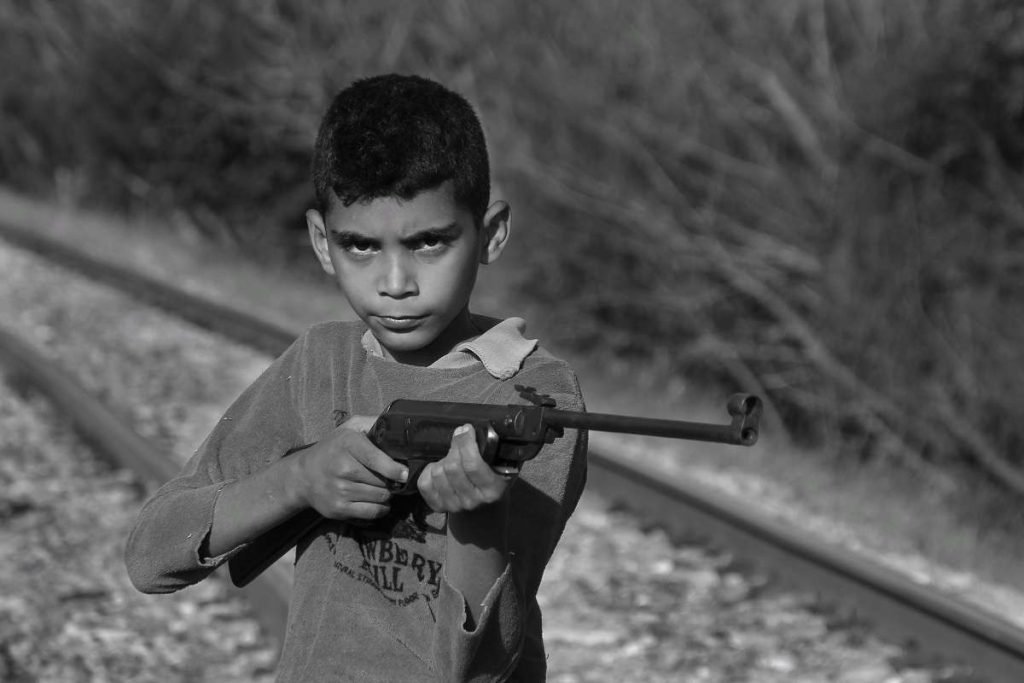
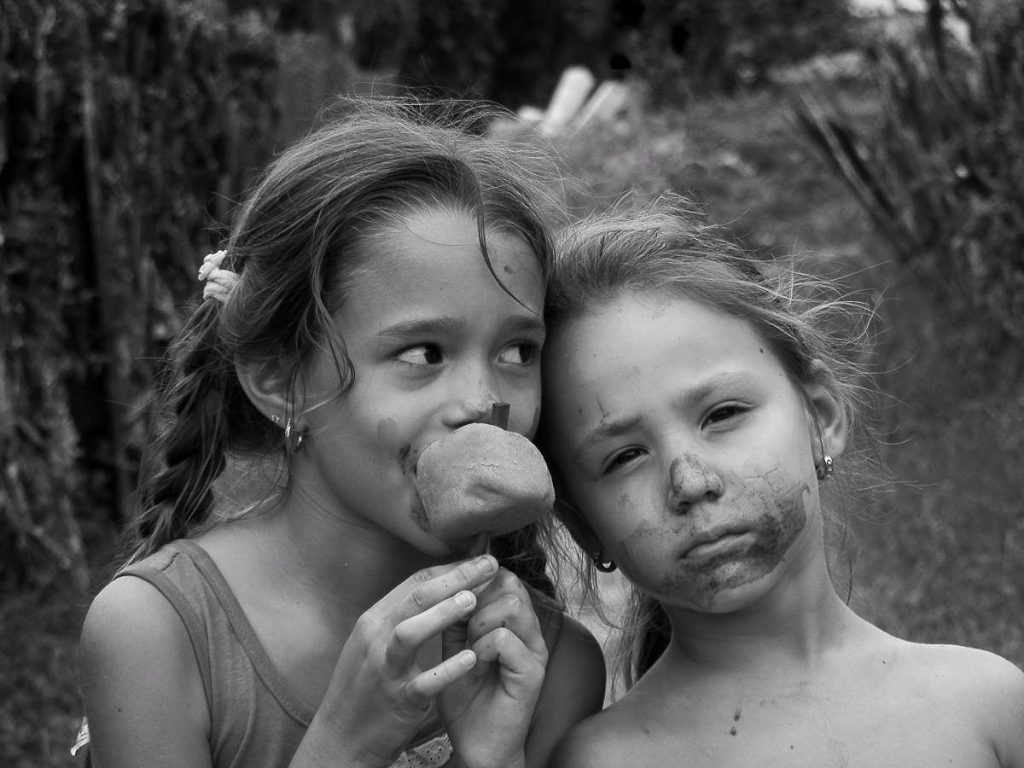
Durofrío, 2019. From the series “Unless they are like children”. Hope, Villa Clara.
the other series, Unless they are like children, focuses on the little ones in my community; some are even my relatives. I took them in their day to day, without interference, without asking them to pose. They show up at the happiest of times, and I think that comes across.
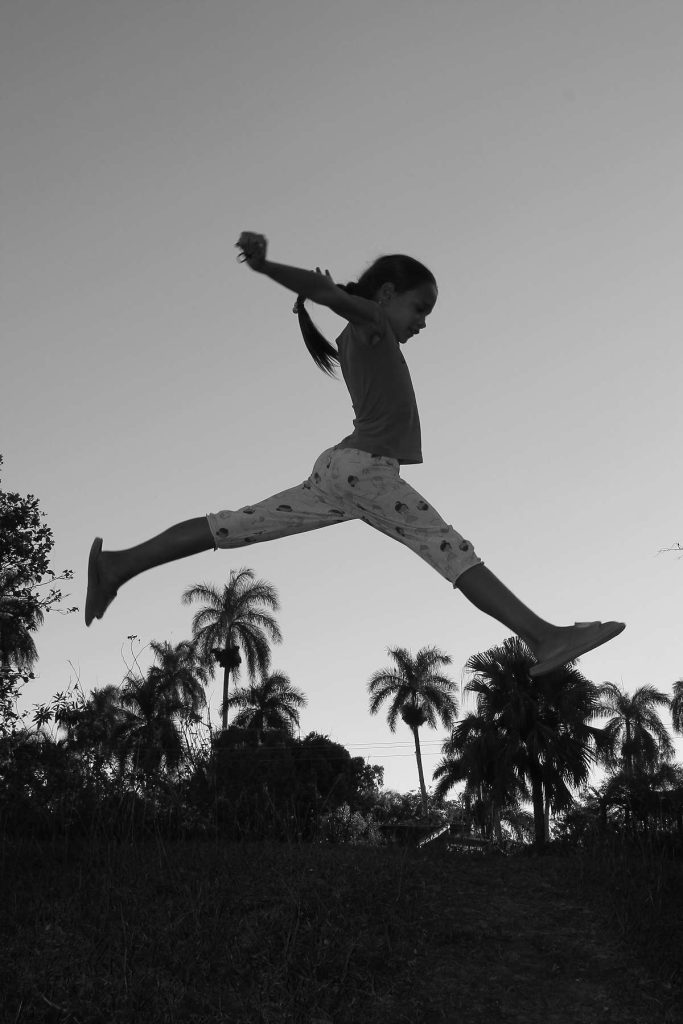
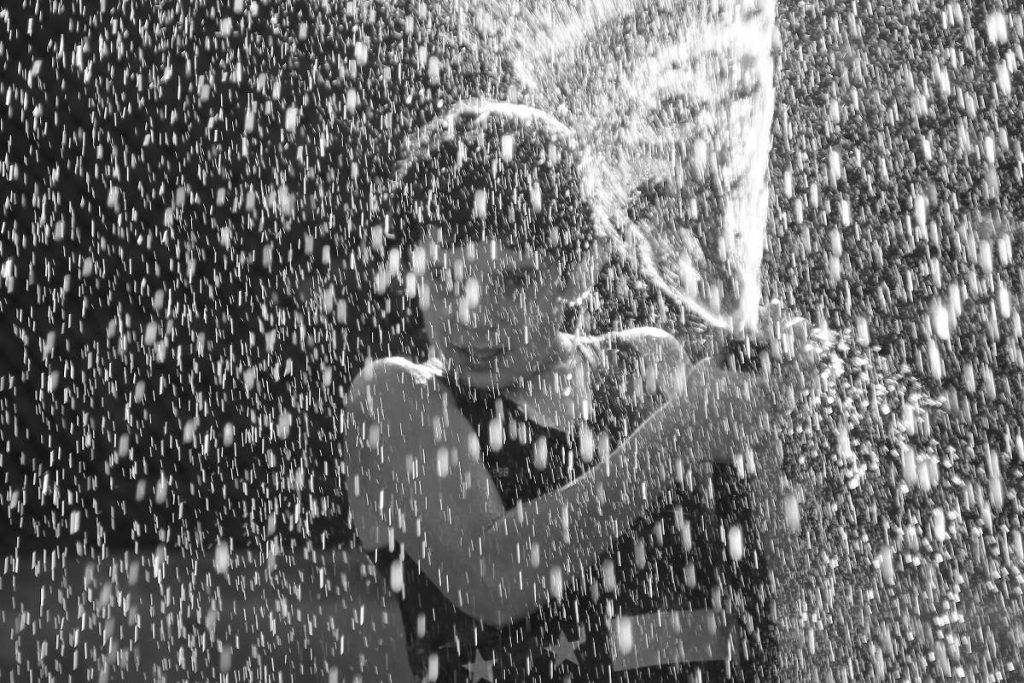
The themes of peasants and peasant children have been worked on a lot. But that didn’t stop me. I did my thing, what touched me. I don’t know if better or worse. There are masterpieces in Cuba with these themes, like the photos of Raúl Corrales; cañibanowith his guajira land…But that didn’t discourage me. On the contrary. I portrayed my peasants, my children, those who touched me, those who are very important to me. That’s all.
